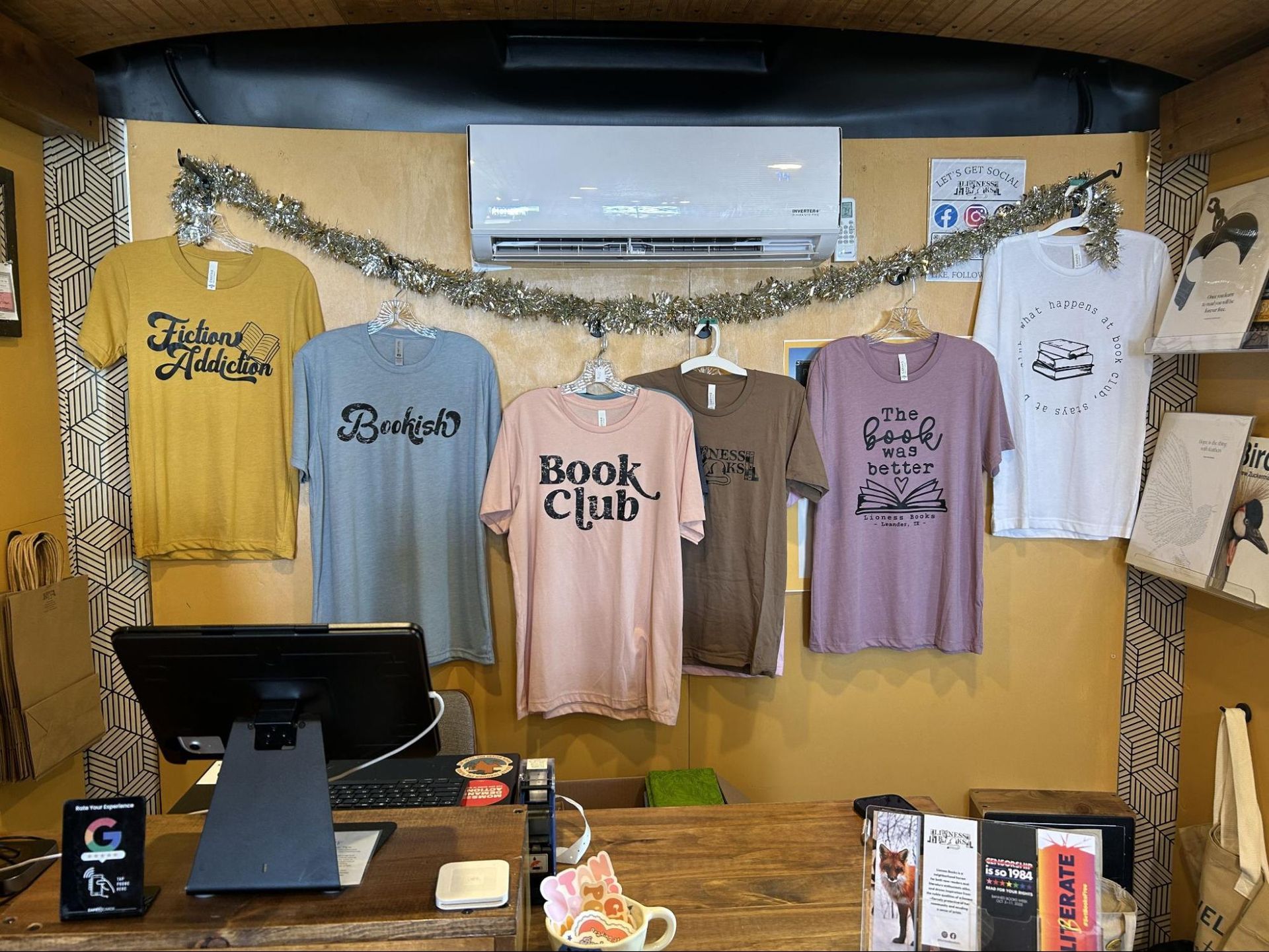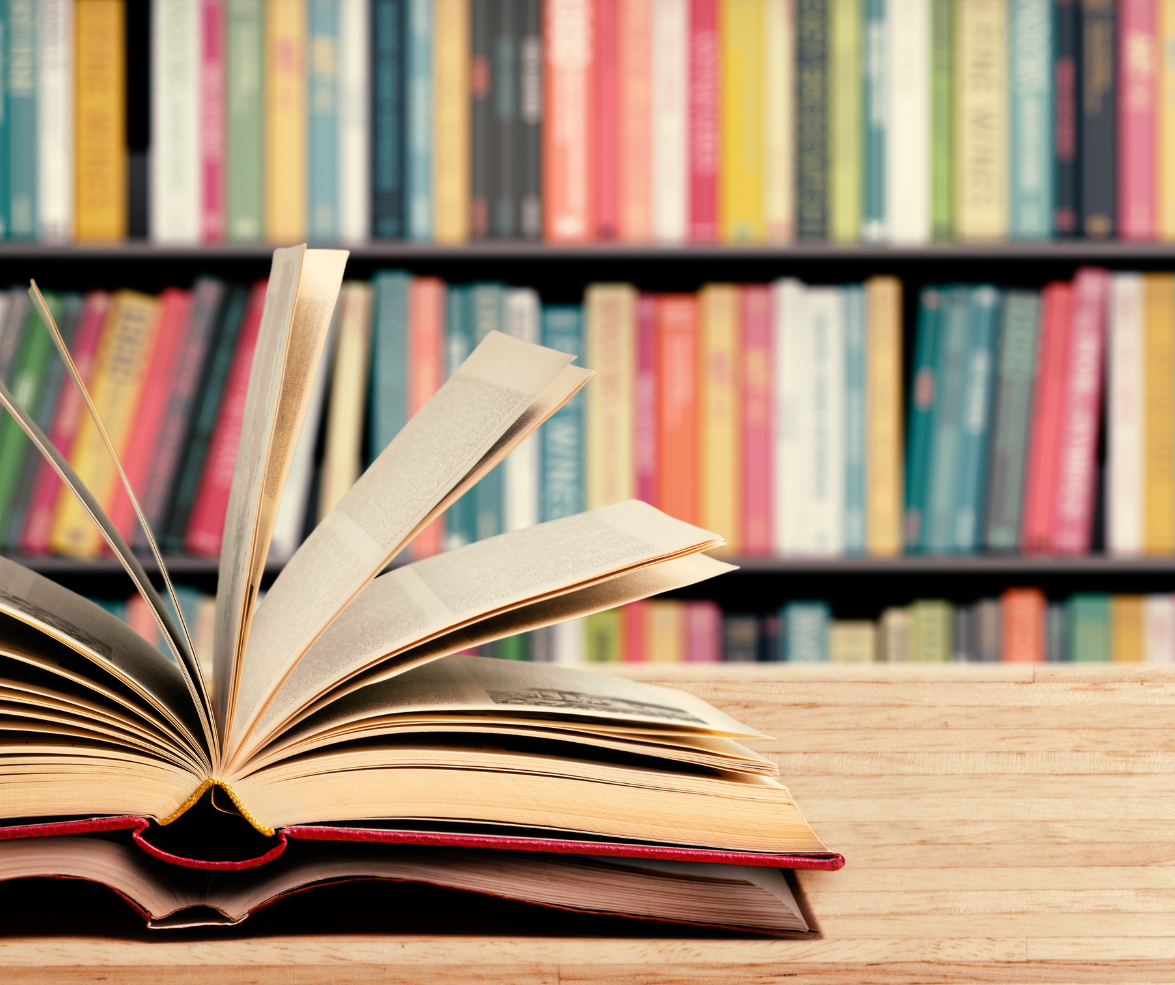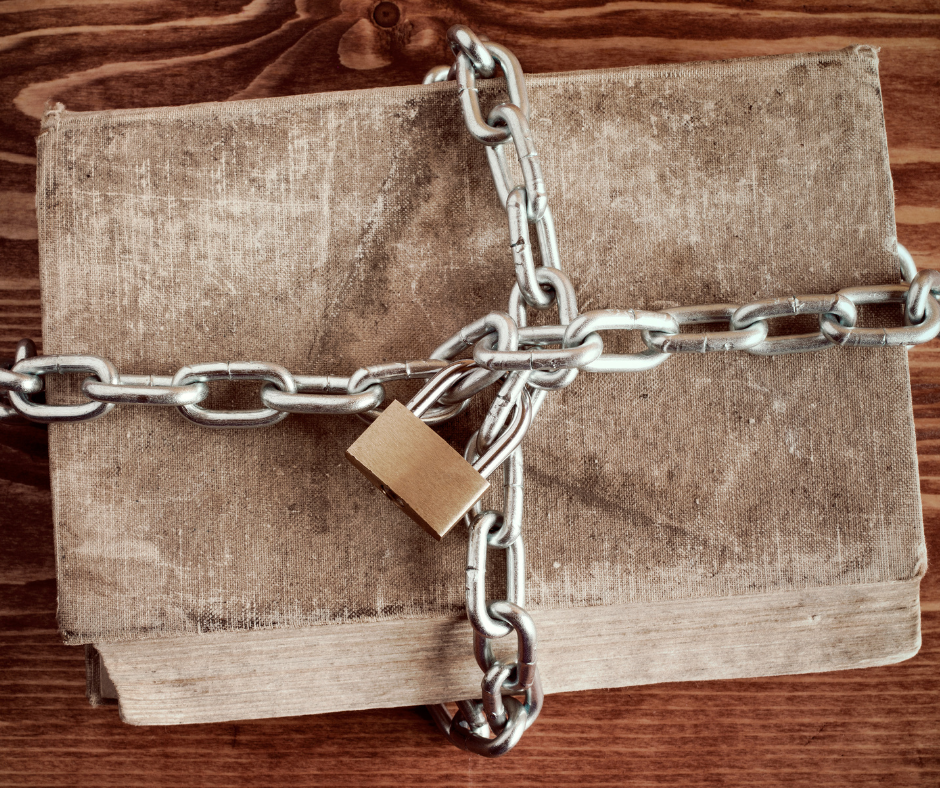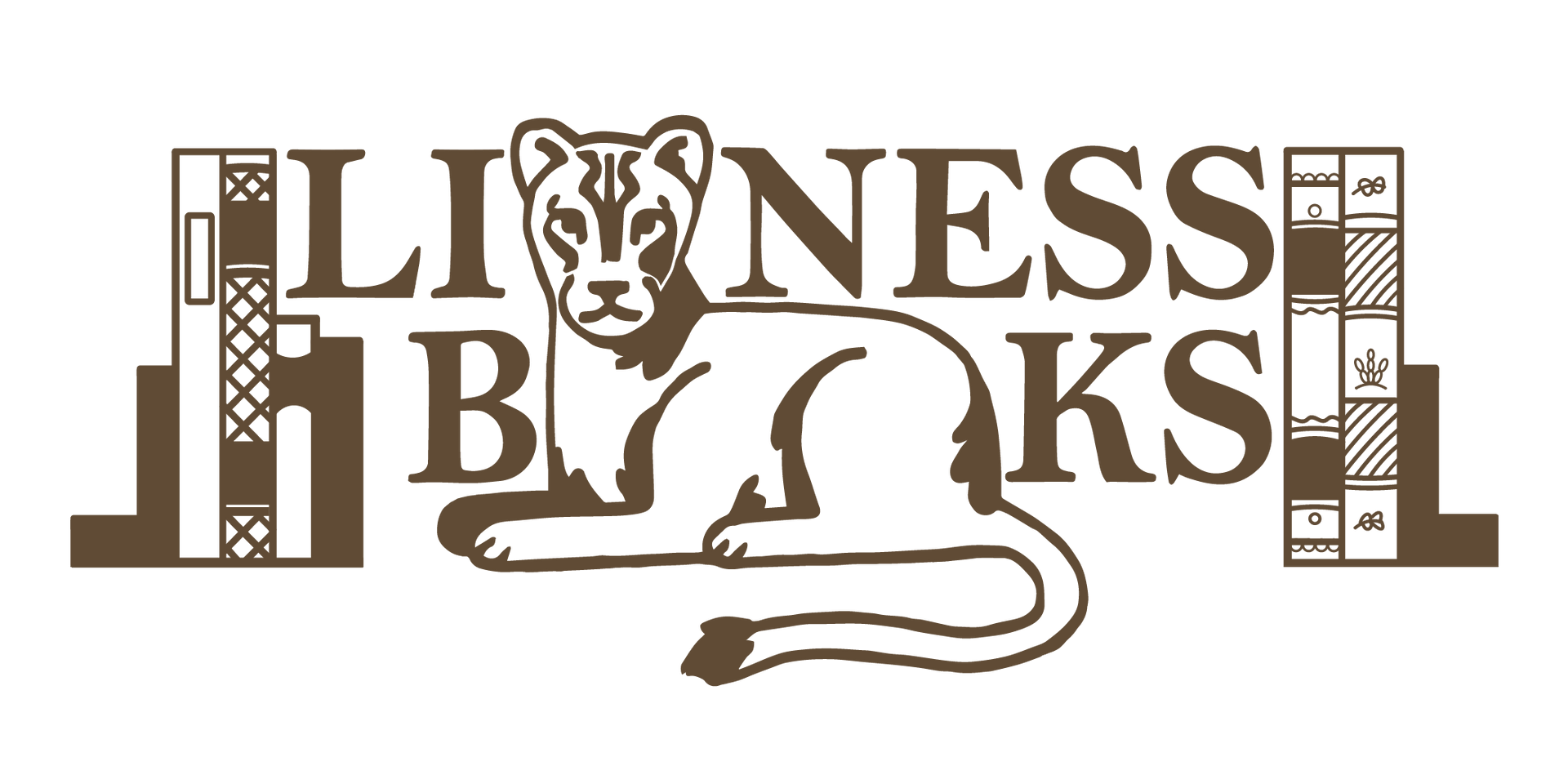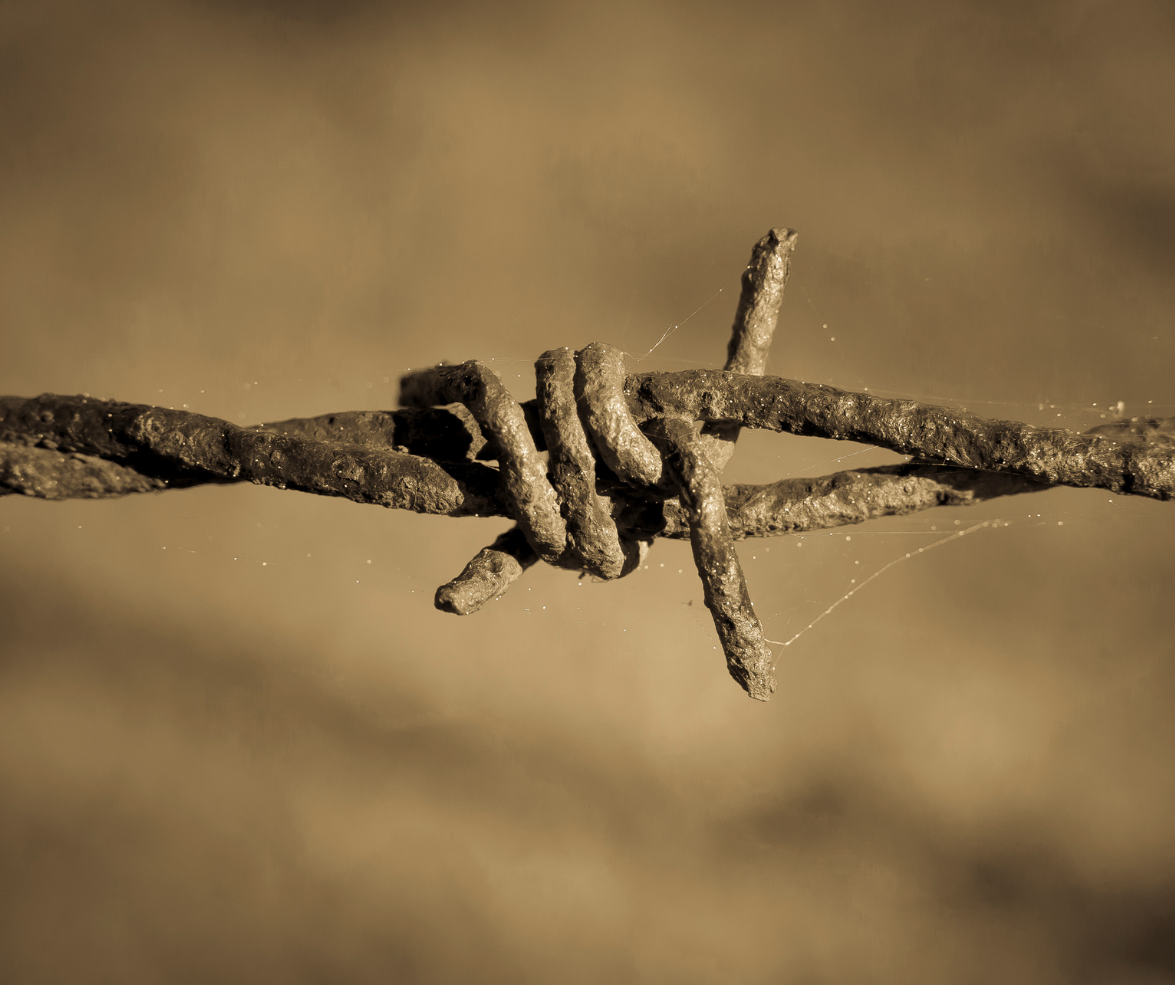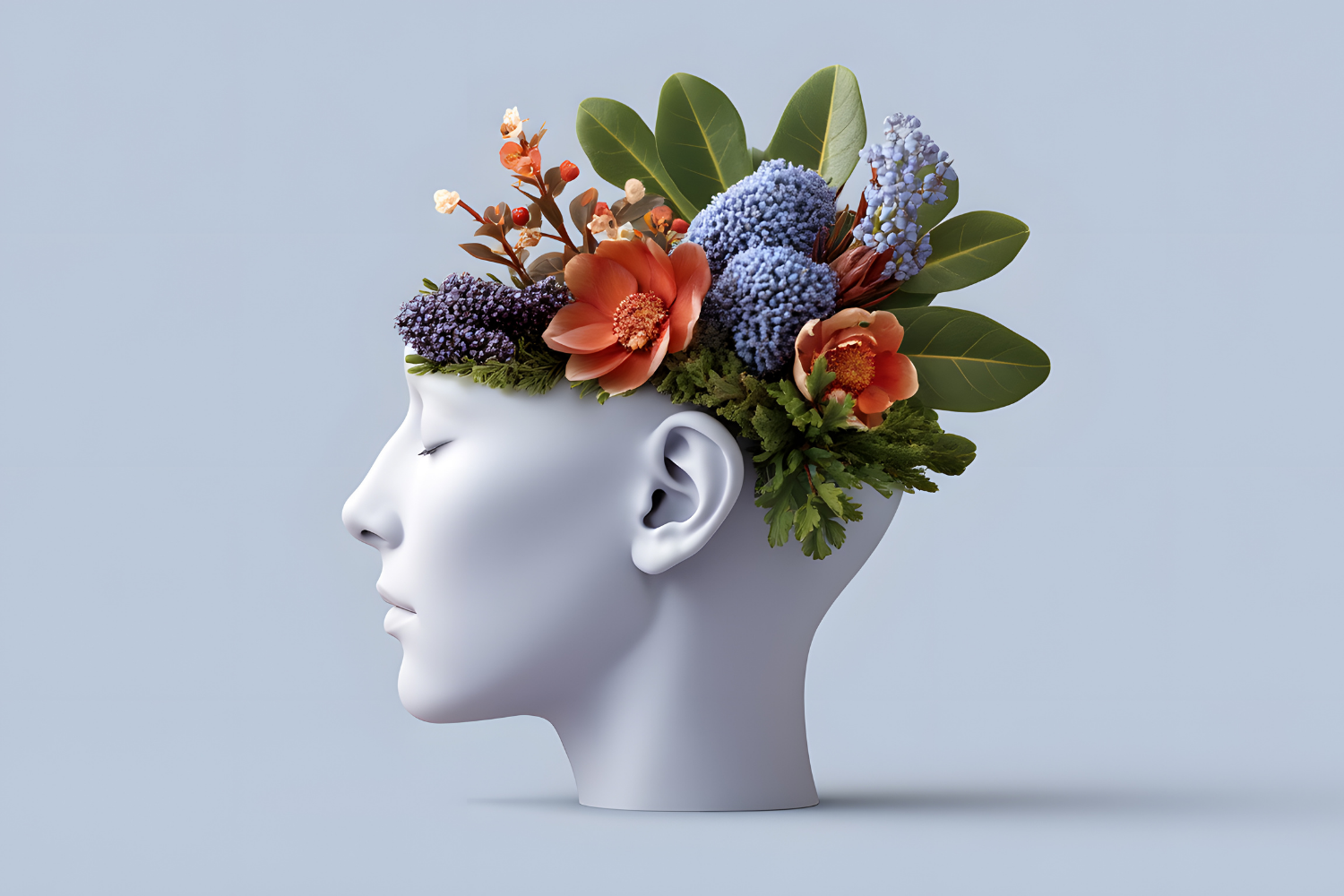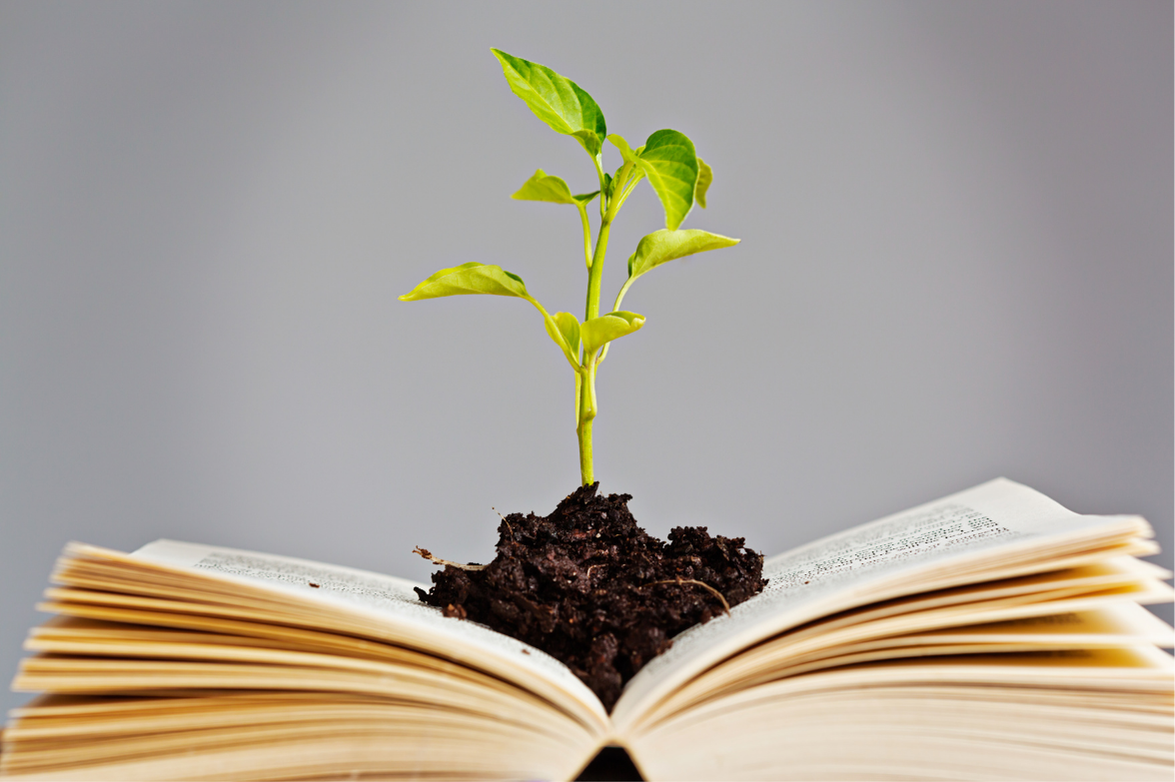By Biff Rushton
•
August 11, 2025
At Lioness Books, we believe that books are not merely a matter of ink and paper, but are armories brimming with the untamed ordinance of freedom, ideas, transformation, progress and inspiration; arsenals forged to fight the soul-silencing tyranny of ignorance and suppression. Under current political conditions, the United States has seen an alarming escalation in the scope and scale of book censorship, with our great state of Texas leading the charge in aggressive restriction of accessing books which explore race, gender, sexuality, and social justice. In 2025, the banning of books has re-emerged not as a fringe idea or lesson in history, but as a strategy within a broader effort to control cultural narratives and shift our truths. Disguised as protection, this current call for censorship threatens the very essence of what a bookstore believes in and represents… a free exchange of ideas. We, as Texans, are standing at an epochal crossroads, facing a challenge that is not simply a battleground for intellectual freedom, but a fatal threat to democracy herself. Here at Lioness Books, we are resolute in our dedication to this struggle, and we are committed to fight without compromise nor capitulation. Texas, more than any other state, leads the country in formal book challenges and bans. According to data from PEN America, a nonprofit organization that tracks censorship in literature, Texas school districts have led the nation in book bans for the past five years. These bans often target works of LGBTQ authors, books by and about people of color, and works that confront America’s historical injustices. The political justification tends to hinge on vague or loaded terms such as obscenity, indoctrination, or inappropriate content, without recognizing the literary or didactic value of the works in question. What we are witnessing in Texas is not just a reaction to individual titles, but the deliberate use of censorship as a political weapon to reshape public education and discourse. State legislators have passed and proposed laws that limit how teachers can discuss race and gender in classrooms, and library materials are now under scrutiny from elected boards, whose knowledge of literature and learning is more often than not, slim to none. These developments are not isolated. They are part of a coordinated national trend that has pushed Texas out front as the ideological epicenter and political testing-ground for this refurnished brand of censorship. These bans do more than remove books; they erase the experiences of marginalized communities, signaling to students - especially those from underrepresented groups - that their stories don’t matter. We believe our youth deserve better. They deserve literature that reflects the full spectrum of human experience, and to deny access to those diverse perspectives is to rob them of a chance to develop critical thinking, empathy, insight, and a nuanced understanding of the world. The pages of history are stained with the consequences of book bans, a tactic employed by those who seek to suffocate the human spirit’s capacity for thought and soulful transformation. In Nazi Germany, the beginning flames of fascism were fed with kindling constructed of novels, poems, political papers, and science texts deemed un-German, degenerate , or contrary to the country’s nationalist ideology. Their 1933 book burnings were not vandalism but a calculated effort to erase ideas that threatened fascist control, setting the stage for the cultural and moral devastation that was soon to come. In the Jim Crow South, from Reconstruction through the Civil Rights era, books that affirmed the dignity of Black Americans or exposed the horrors of racism - like Zora Neale Hurston’s Their Eyes Were Watching God - were systematically excluded from public access to preserve the narrative of racial inferiority. The McCarthy era in 1950s America also echoed this fear of ideas, as the government’s frantic, anti-communist crusade led to the blacklisting of authors, librarians, and teachers. Works such as Thoreau’s Civil Disobedience and John Steinbeck’s The Grapes Of Wrath were pulled from library shelves beneath the accusation of promoting leftist ideals, and for daring to question the status quo. History offers countless parallels: the 16th century burning of Mayan codices, and the erasing of indigenous knowledge by the Spanish, or the Chinese Communist Party’s destruction of counterrevolutionary texts during the Cultural Revolution. Each instance reveals censorship as the weapon of choice for those who fear the power of knowledge and the capacity of the right words to awaken consciences, stir emotions, and ignite movements of change. These lessons from the past compel us to resist the book bans of today, recognizing them as assaults on the very essence of intellectual and moral freedom. Texas - where freedom and independence have long been considered God-given birthrights - we must resist being the next to fall into the goose-step march of oppression, censorship, and control. Our children deserve better. Our teachers deserve better. Our future deserves better, and our democracy - messy, plural, and defiant - demands better. For Lioness Books, our resistance to this suppression is not just a matter of principle. It is a recognition of literature’s role in the eternal struggle for justice and truth. We call home a state where the political climate has become increasingly hostile towards dissent, and where public education is being transformed into a war of ideological conformity. As a bookstore, we are under no illusion that our shelves alone can halt these efforts. But we believe in the power that books possess in uniting and sustaining resistance and delivering hope. By preserving access to stories, we preserve the heartful soul of culture; we preserve truth. When we defend the right to read; we affirm liberty and the right to question, dream, and dissent. This has nothing to do with nostalgia. This is survival. Lioness Books will continue to stock what is banned, what is hidden, what is suppressed, and we will celebrate what is silenced. We will carry the voices forward proudly and full-throated. Because history shows us, when you ban a book, you don’t erase its truth… you ignite its power.
